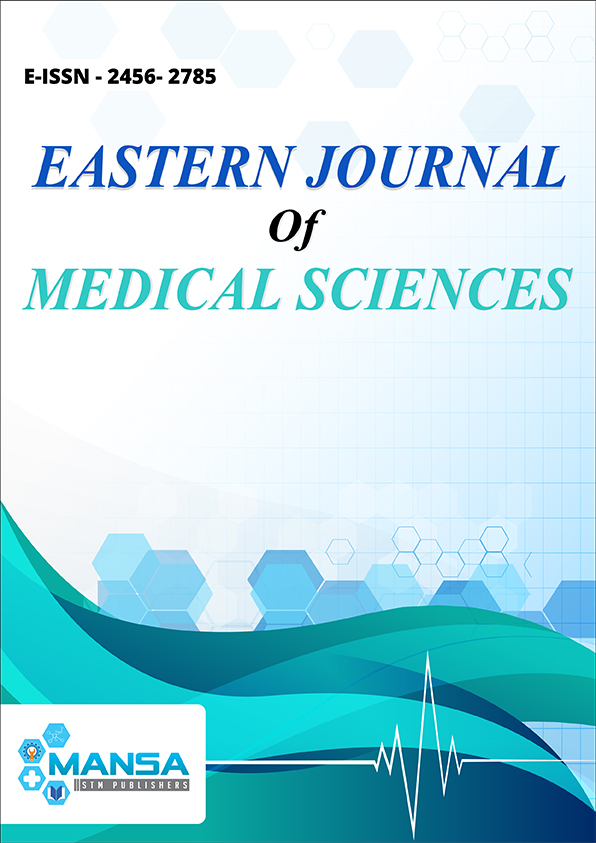Mortality and its correlation with diagnostic tests and treatment modalities in multisystem inflammatory syndrome in children admitted in tertiary care hospital of North India
DOI:
https://doi.org/10.32677/ejms.v7i1.3276Keywords:
Correlation, Diagnostic tests, Mortality, Multisystem inflammatory syndrome in children, Treatment modalitiesAbstract
Background: The present study aimed to describe mortality and its correlation with diagnostic tests and treatment modalities among children admitted as a case multisystem inflammatory syndrome in children (MIS-C) in Indira Gandhi Medical College, Shimla. Materials and Methods: We conducted a cross-sectional study for MIS-C from January to July 2021, in the pediatric ward of a tertiary care hospital in North India. All children admitted with the diagnosis of MIS-C were included in the study. Data regarding sociodemographic factors and mortality were extracted and analyzed using Epi Info V7 software. Results: In the present study, a total of 31 children admitted as a case of MIS-C were included in the study. Of these, 23 (74.2%) were discharged after full recovery, 5 (16.1%) died during treatment, and 3 (9.7%) left the hospital against medical advice. Children presenting with severe illness, acidosis, azotemia, Hb<10gm%, Leukocytosis, abnormal RFTs, lipid profile, thrombocytopenia, deranged coagulogram, abnormal ECG, required pediatric intensive care, inotropic support, IVIG, Aspirin, LMWH, had a shorter hospital stay and a higher mortality. Statistical significance was seen with deranged renal function, thrombocytopenia, abnormal ECG, use of LMWH, and respiratory support. Conclusion: Mortality was significantly higher in children having shorter hospital stay <1 week, presenting with severe illness and deranged RFTs, thrombocytopenia, abnormal ECG, and requiring respiratory support, ventilatory support, and taking LMWH.
Downloads
Downloads
Published
Issue
Section
License
Copyright (c) 2022 Dr Rakesh Sharma, Dr Ambika Sood; Dr. Kiran Azad, Dr Deepak Sharma, Sanya Sharma

This work is licensed under a Creative Commons Attribution-NonCommercial-NoDerivatives 4.0 International License.

